Any serious audiophile will tell you that the quality of your platter can either enhance or frustrate your vinyl experience. So, you need to ensure the turntable you acquire features a good platter. If you currently own one, it’s your duty to keep the platter in pristine condition. In some cases, it might even be a good idea to upgrade it to attain a more satisfactory sound performance. Let’s see what else there’s to know about platters.
Where to Buy Turntable Platter?
You can easily purchase your choice turntable platter from any of these brands:
Clearaudio
This is a German company well-known for selling premium turntables and accessories. They usually offer platters made of different materials that balance damping and rigidity properties for dynamic sound reproduction.
Pro-Ject
Pro-Ject also provides various turntables and accessories, including platters made from different materials. The platters are relatively cost-friendly and designed to minimize resonance, helping users enjoy excellent sound performance.
Amazon
Platters available on Amazon differ in terms of quality, brand, and compatibility to meet the unique demands of various audiophiles. There are budget-friendly options and premium offerings, too.
eBay
eBay offers a wide range of platters from various companies and brands. The products normally include new, used, or vintage platters. You are sure to find a platter that aligns with your preferences and budget.
What Is the Best Turntable Platter Material?
The platter material used has a significant impact on the sound your turntable produces. This is why you need to be careful about the type of platter integrated into your unit. Let’s find out below the materials you can go with:
- Glass: A glass turntable platter is inert, which means it can minimize resonance for better sound production. It also adds an aesthetic appeal to your unit.
- Acrylic: This material doesn’t produce much resonance thanks to its inert characteristics. Therefore, using an acrylic turntable platter can improve the sound coming from your deck.
- Aluminum: There’s something about aluminum platters that appeals to audiophiles. It’s strong and surprisingly lightweight, characteristics that enable it to control resonance effectively. Aluminum is also the best material for a phono turntable platter due to its ability to offer a balanced sound.
- Wood: A wooden turntable platter makes your music richer and warmer. However, it may fail to provide adequate speed stability compared to the other materials. Audiophiles typically select it for the distinctive sonic character it imparts and visual qualities.
- Steel: The good thing about steel platters is that they are very dense, which ensures stable rotation. By offering a solid foundation for sound, these platter types enable you to experience good sound clarity and bass response.
How to Balance a Turntable Platter
A turntable platter wobble is sure to frustrate your vinyl experience. Not only that. The risk of the stylus or the record getting damaged is real. Fortunately, you can rectify the issue effortlessly. Here’s a detailed guide for the turntable platter wobble fix:
- Unplug your deck from the power source.
- Gently remove the platter from the turntable. If you are unsure, check the manufacturer’s manual to learn how to remove the turntable platter.
- Examine the platter for any damage, debris, or dirt. Use a soft cloth to clean it gently if need be. In case you don’t know how to clean a turntable platter effectively, you can always refer to the manufacturer’s manual or online guides and videos.
- Put the platter back onto the center spindle, and once it sits evenly, rotate it gently. You will know the platter is balanced if it spins consistently without wobbling or shaking.
- Place the record on the platter and play it to confirm everything works.
- Now that the wobbly turntable platter problem is resolved, sit back and enjoy your music!
When Is a Turntable Platter Upgrade Necessary?
There are several reasons that may require you to upgrade the platter. Let’s discuss them in detail below:
- Better sound quality. Are you dissatisfied with the turntable’s sound quality? Acquiring a platter made of higher-quality material like aluminum, glass, or acrylic may be ideal. These materials are known for absorbing vibrations and minimizing resonance effectively so you can have a cleaner sound.
- Aesthetic appeal. It could be that you want to improve the appearance of your turntable. A turntable platter replacement can help you achieve this. In any case, you should consider purchasing a light up turntable platter. The integrated LED lights that illuminate the platter as it spins create visual effects that add flair to the setup and your environment.
- System upgrade. It may also be a good idea to get a new turntable if you have just upgraded other components of your deck (e.g., the tonearm or cartridge). This serves to enhance the system’s overall performance and look.
- Damaged platter. If the platter cracks, scratches, or chips, you may have to buy another one. Sometimes, the damage may be so severe that the turntable platter won’t spin, no matter what you do. In this case, replace it immediately to protect your records from potential damage.
- Improved speed stability. It’s not uncommon for the platter to experience speed inconsistency occasionally. But if the issue becomes persistent and frequent, the best move would be to replace it. And just don’t go for any platter. Select a heavier and more stable platter to enhance speed stability, ensuring steady and precise playback.
Does the Quality of the Platter Mat Matter?
Yes, it does. You may have the best turntable platter, but if the accompanying mat is not good, then you are in for disappointment. Apparently, a poor or low-quality turntable platter mat can interfere with sound, increase noise, or even lead to slippage. For that reason, you must focus on having a good turntable platter mat to help you enjoy music even more. In case you are wondering, the best turntable platter mat is made of high-quality material, such as rubber, felt, or synthetic compounds. The materials ensure effective vibration damping while providing adequate grip and stability for the record.

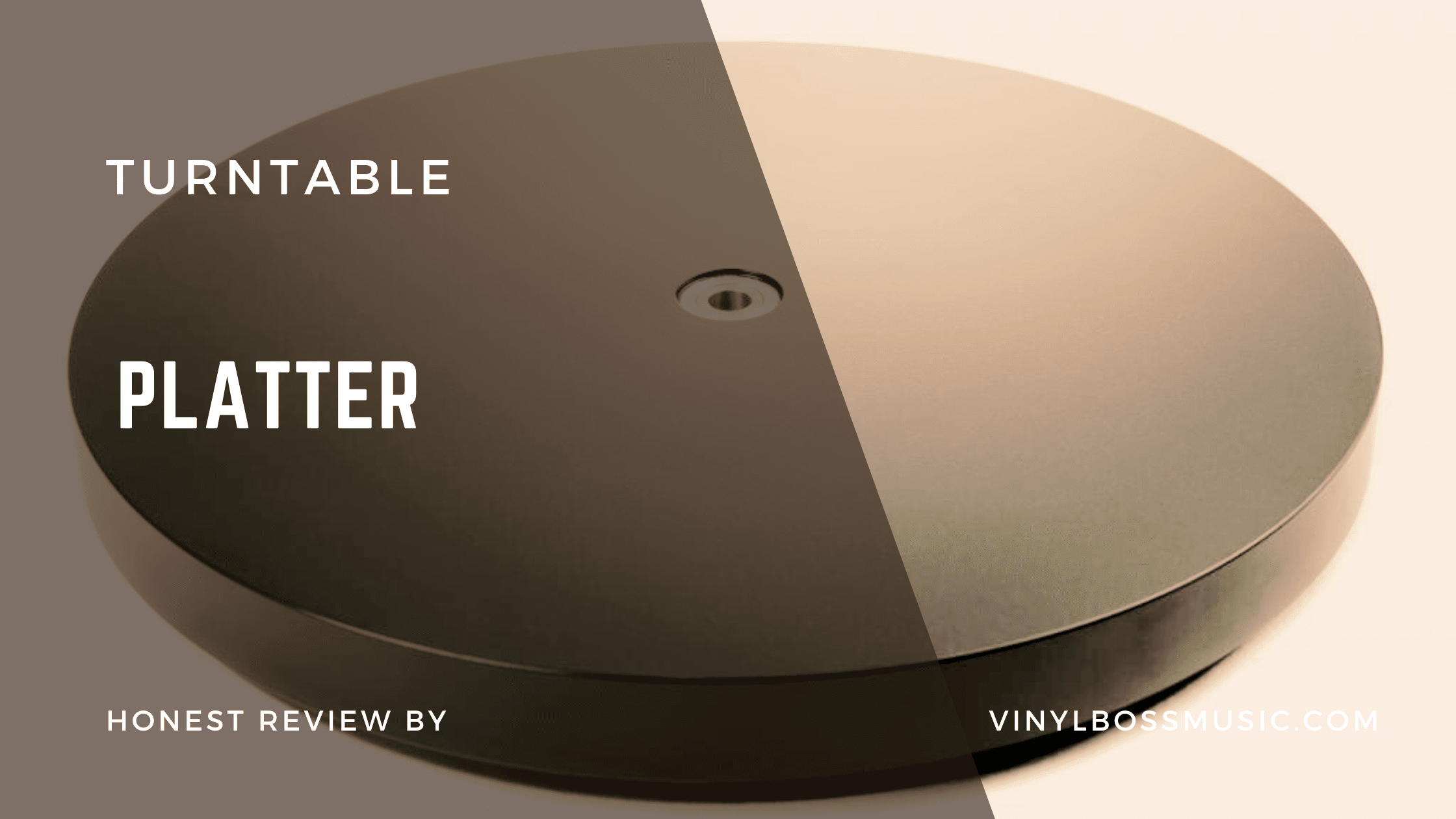

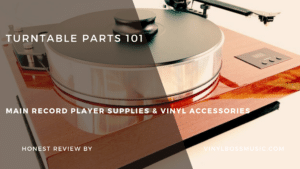
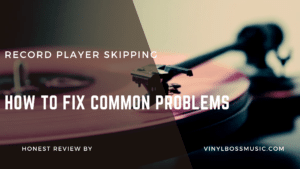
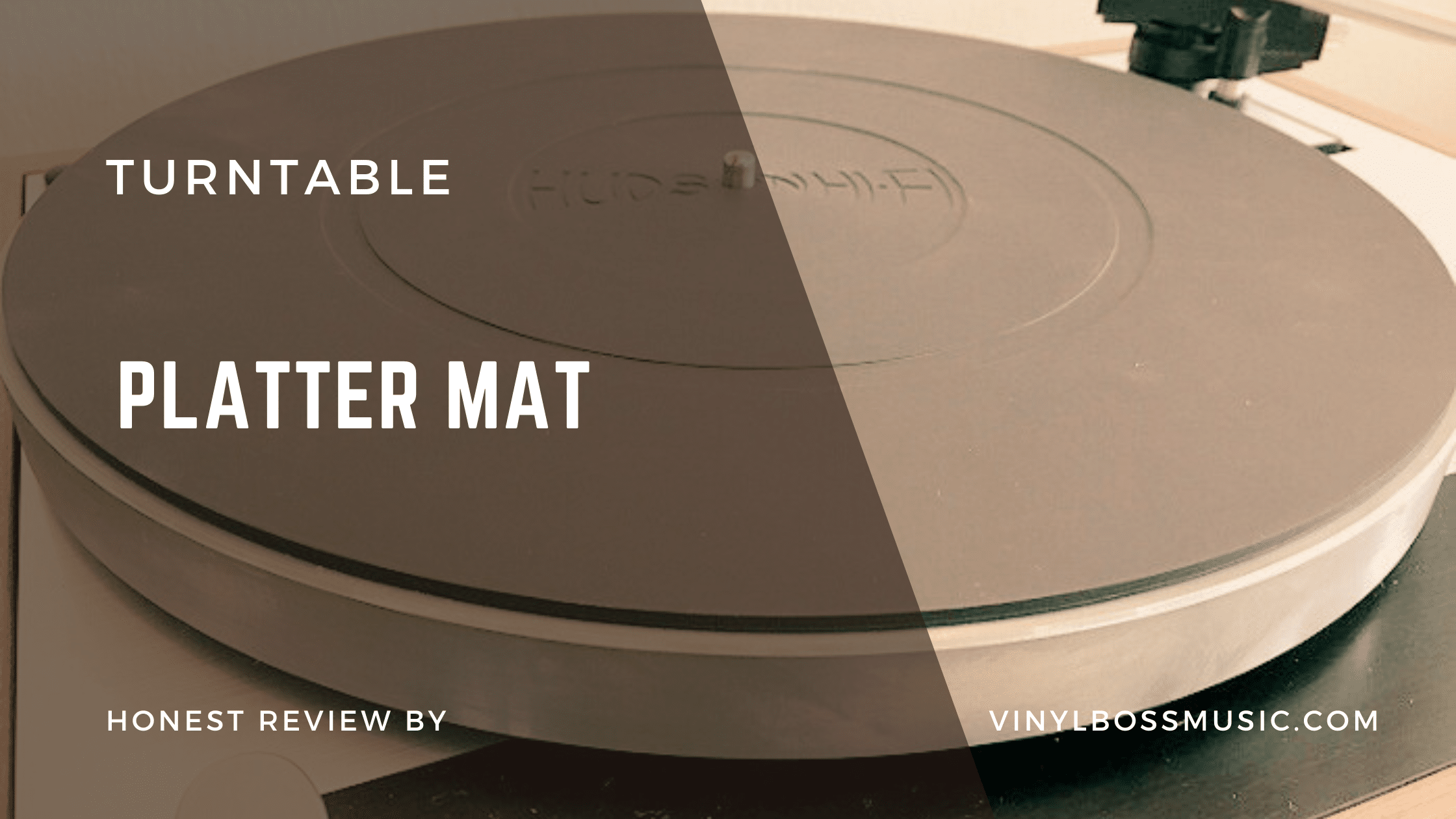
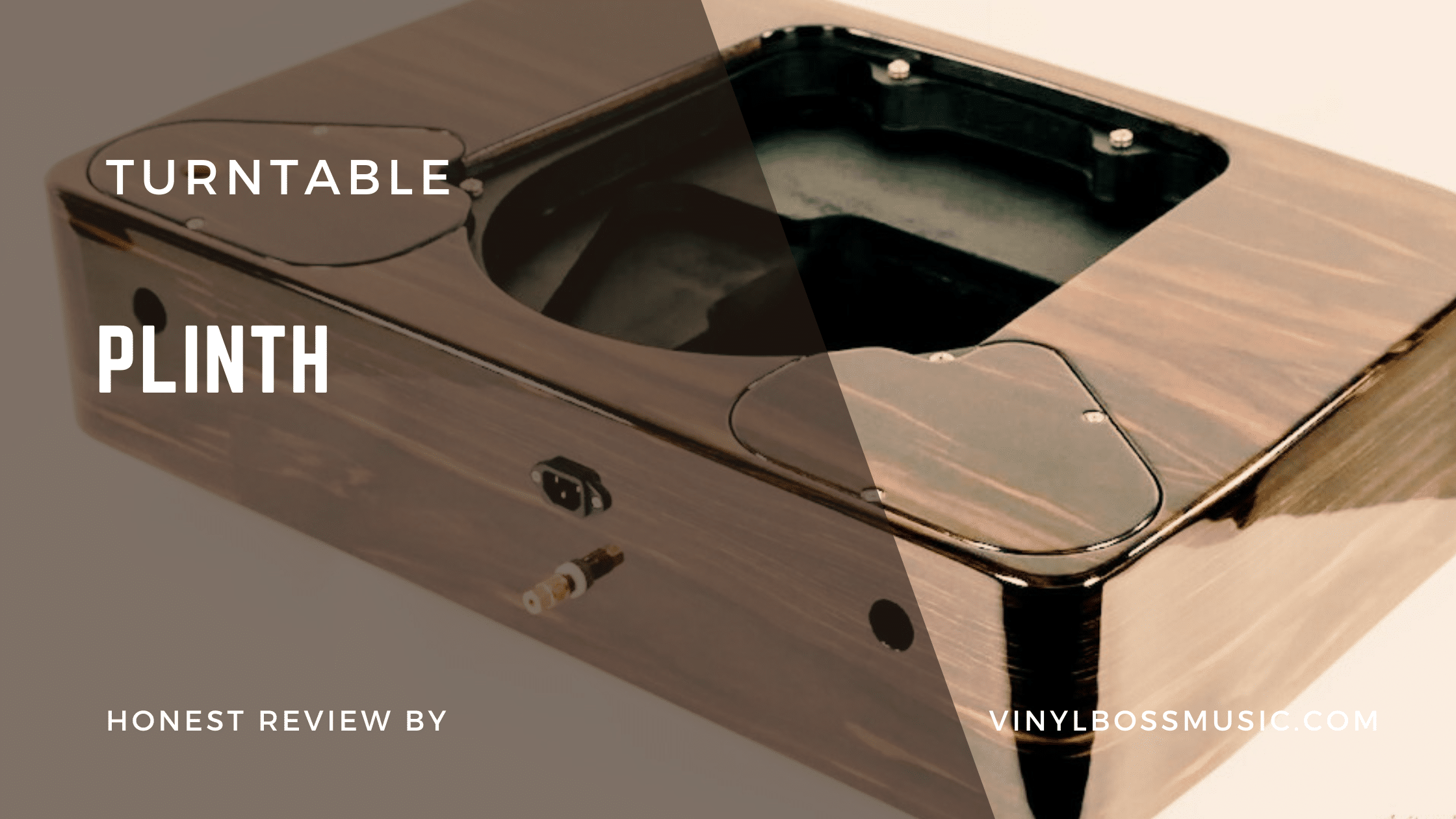
Leave a Reply